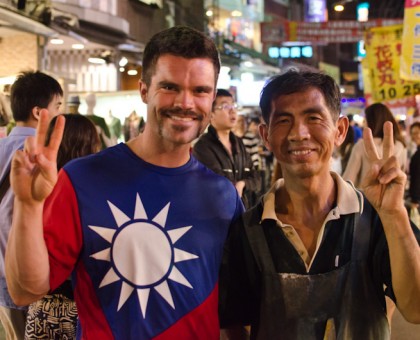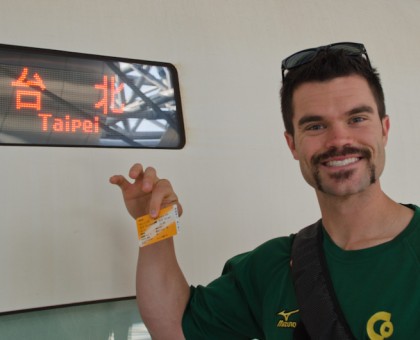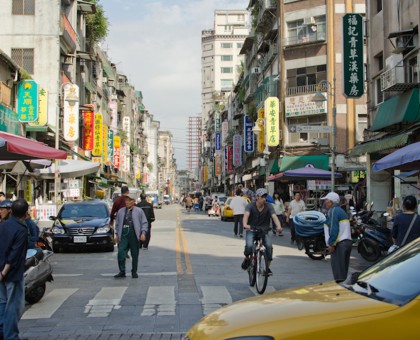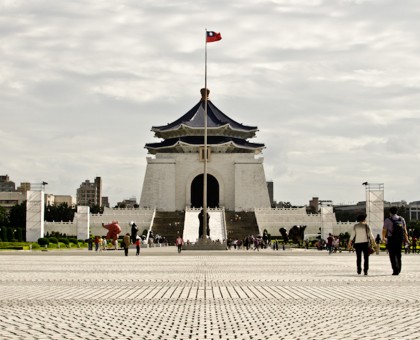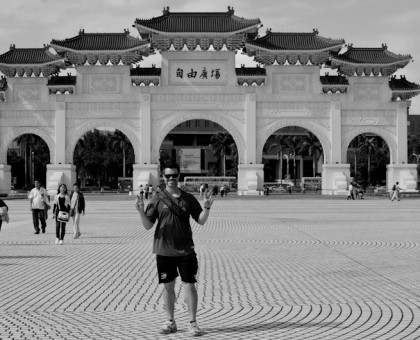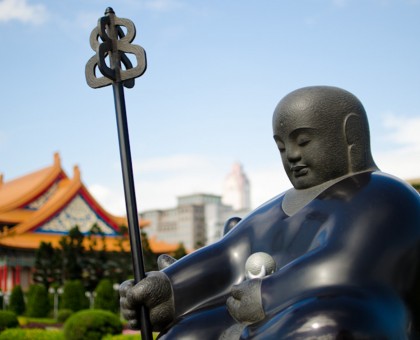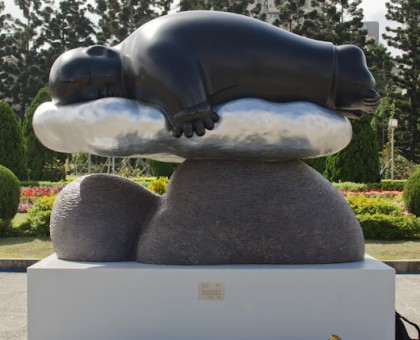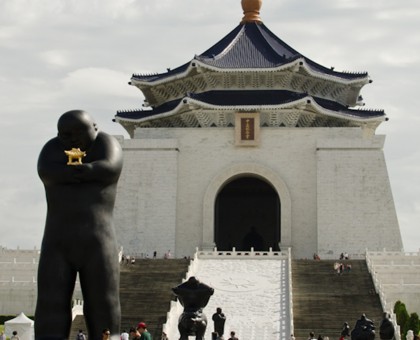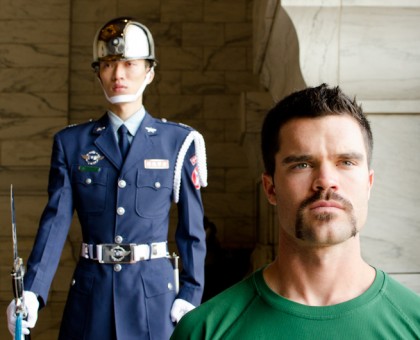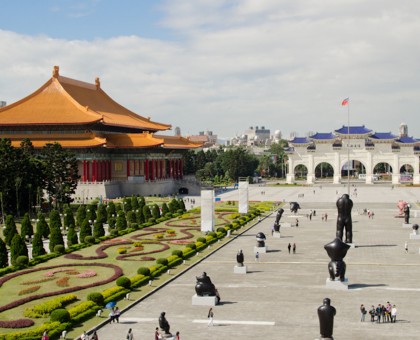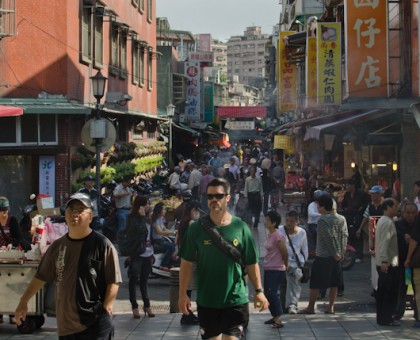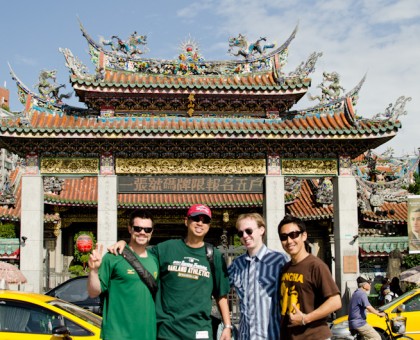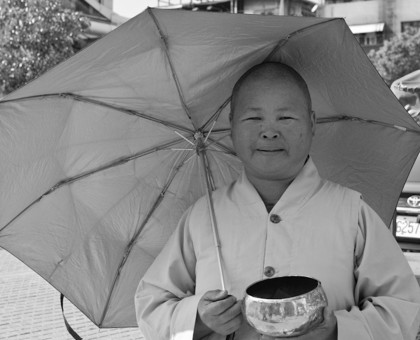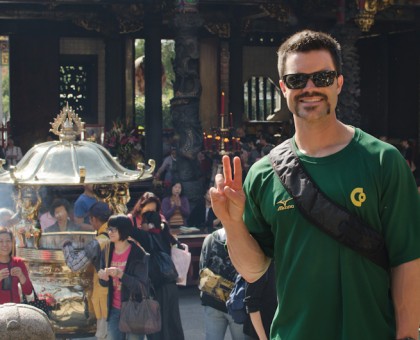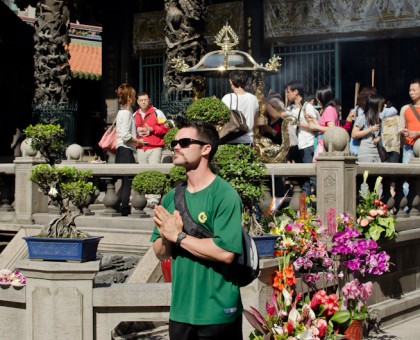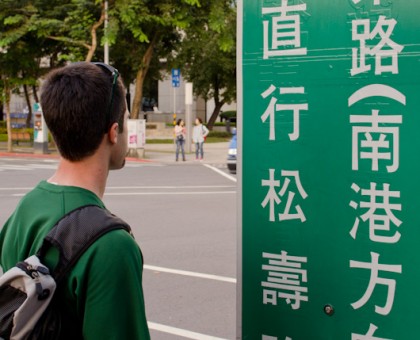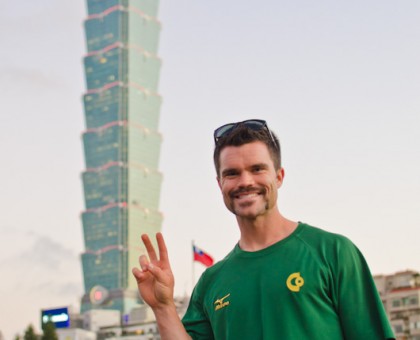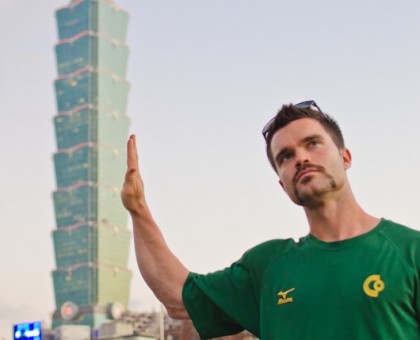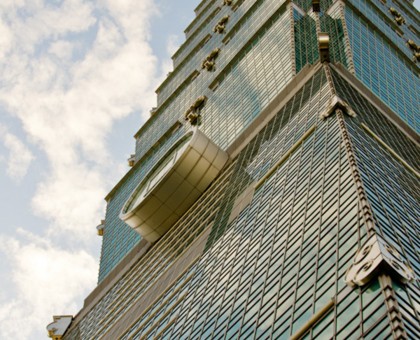.png)
On a map the island is shaped like a sweet potato, and Taiwanese people often refer to themselves as 'children of the Sweet Potato'. My diet in Taiwan did not consist of any potatoes, but it sure was sweet.
I based myself in Taichung City, and was privileged to stay at the first-class Hung's Mansion. Exploring Taichung City - which is located in the northwestern part of Taiwan - was much more exciting than I ever envisioned it being.
Taichung City is known for its night markets, and they were quite the delight to explore. I delved into the Zhong Xiao Night Market, trying local cuisines from the abundant food stalls lining the crowded streets. Clothing, Taiwanese trinkets, massages and anything in between can be obtained at a very inexpensive rate in the night markets.
The night markets offer a unique culture I had never witnessed, but was more than eager to explore. Shopping until the wee hours (2am) of the night and on into the next day, Taichung City residents seemingly never slept.
A journey on the Taiwan High Speed Rail took me north from Taichung City to Taiwan's capital city of Taipei. One hour later, I was on my feet and exploring the incredible history of the 'City of Azaleas'. With more than 2.5 million inhabitants, Taipei is a bustling metropolis, and although located in the far north, it is the heartbeat of Taiwan.
I visited the historic Liberty Square (a.k.a. Freedom Square), which serves as the public gathering place of choice since the late 1970s. The name of the square recalls the important historical role it played in Taiwan's transition from one-party rule to modern democracy in the 1990s. Located within Freedom Square is Chiang Kai-shek Memorial Hall, a famous monument, landmark and tourist attraction erected in memory of Chiang Kai-shek, former President of the Republic of China. This area has quite the aura about it, and was extremely peaceful to walk through.
A visit to one of Taipei's oldest temples, the Tamsui Longshan Temple, made for another historic adventure. Although built in 1738, the temple has experienced a multitude of renovations in the last century. Its vibrant and colorful archway makes for a grand entrance to the place of Buddhist worship.
A trip to Taipei - and Taiwan generally - would not be complete without a visit to the Taipei 101. The tallest building in the world from 2004-2010, the 101, which is officially known as the Taipei World Financial Center, stands at an impressive 509 meters (1,669 feet), towering above all other structures in Taipei's skyline. With its 101 floors and 61 elevators, the Taipei 101 features extensive engineering. Designed to withstand the typhoon winds and earthquake tremors common in its area of the Asia-Pacific, when the 101 was built planners aimed for a structure that could withstand winds of 216 kilometers per hour (134 mph) and the strongest earthquakes likely to occur in a 2,500 year cycle. Talk about foresight.


